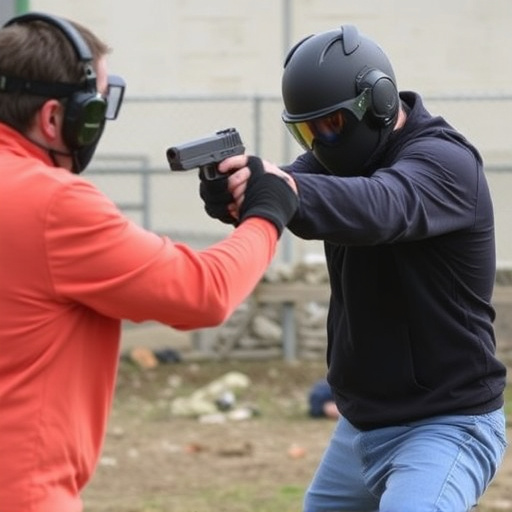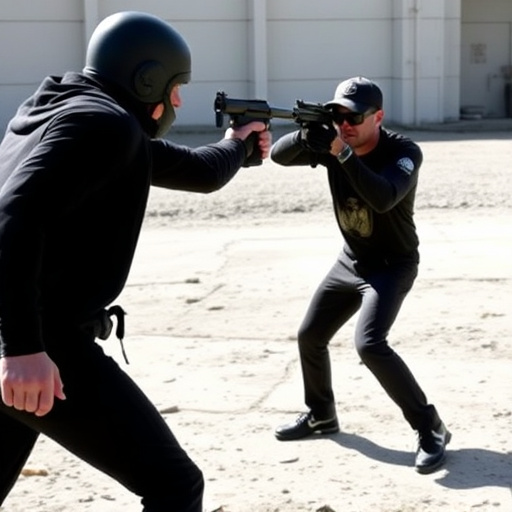The increasing popularity of high-powered stun guns for sale, driven by personal safety concerns, has led to challenges at security checkpoints where traditional detection methods fail. Modern stun guns, often made from non-conductive materials like plastic or composite, are harder to pinpoint using metal detectors. This raises questions about their effectiveness in high-security areas and public safety, especially with easy online access for a broad audience, sparking debates between supporters of self-defense tools and critics fearing potential misuse or escalation in violence.
In recent years, the hidden presence of concealed stun guns has emerged as a growing concern in public safety. With an increasing demand for high-powered stun guns for sale, navigating detection challenges becomes paramount. This article delves into the rising trend of stun gun ownership and its implications on security, exploring current detection methods like X-ray machines, metal detectors, and advanced imaging technologies. We also discuss privacy concerns, false positives, and the potential revolution by AI, while highlighting future prospects in enhancing stun gun detection.
- The Rise of Concealed Stun Guns and Their Detection Challenges
- – Exploring the growing trend in stun gun sales
The Rise of Concealed Stun Guns and Their Detection Challenges

In recent years, there’s been a growing trend in the demand for concealed stun guns, with high-powered stun guns for sale becoming increasingly accessible. This shift can be attributed to rising personal safety concerns and the desire for individuals to empower themselves against potential threats. As such, many are turning to stun devices as a means of self-defense, particularly those that can be discreetly carried for added peace of mind. However, this rise in popularity presents significant challenges when it comes to detection. Traditional metal detectors and security systems often struggle to identify the presence of stun guns, especially those designed with advanced materials and technologies that make them less metallic and harder to pinpoint.
The challenge lies in the diverse range of designs and materials used in modern stun guns, making them difficult to detect using conventional methods. Some models are crafted from non-conductive materials like plastic or composite substances, further complicating their identification by metal detectors commonly found in public spaces like airports or government buildings. As a result, individuals seeking to conceal and carry these devices face heightened security measures, raising concerns about their ability to use them effectively when needed most.
– Exploring the growing trend in stun gun sales

In recent years, there’s been a notable surge in the demand for high-powered stun guns for sale, reflecting a changing dynamic in personal safety concerns. This growing trend isn’t just a reflection of heightened awareness; it’s also fueled by advancements in technology that have made stun guns smaller, more powerful, and easier to conceal. With the increasing prevalence of these hidden defense tools, there are rising concerns about their impact on public safety and the potential for misuse.
The accessibility of high-powered stun guns has broadened, with online retailers offering a wide variety of concealed models that can fit discreetly in pockets or purses. This ease of acquisition raises questions about who is purchasing these devices and how they might be used. While proponents argue that it empowers individuals to protect themselves, critics point to the potential for escalation in situations where a stun gun could otherwise have de-escalated violence or been used inappropriately by untrained individuals.
As the popularity of high-powered stun guns for sale continues to rise, so do the challenges surrounding their detection. With concealed stun guns becoming more accessible and powerful, law enforcement and security personnel face increased difficulties in identifying and neutralizing these devices. Further research and technological advancements are needed to address these concerns and ensure public safety in an era where such weapons are increasingly hard to detect.
